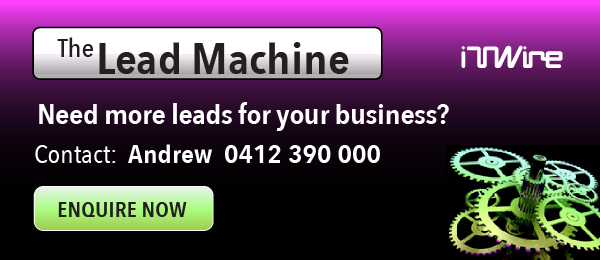|
|
Among the security features of IE8 are its privacy mode (InPrivate Browsing, which avoids storing browser history, form data, cookies and other information), warnings that a site has been reported as unsafe, and a cross site scripting filter.
Another important security feature is protection against clickjacking - a trick that can fool users into clicking buttons that aren't part of the page they think they are viewing.
Microsoft claims IE8 is faster than its predecessor in terms of launching, opening pages, and running JavaScript.
JavaScript performance is probably less important to Microsoft than other browser developers, as the company is pursuing a "software plus services" strategy as opposed to the out-and-out cloud model used by Google and Salesforce.com, for example.
Other improvements in IE8 are said to include a smart address bar (not everyone's favourite, but it seems to be the way browsers are going), better zooming, restriction of website problems to the affected tab (not the entire window or browser), visual search (incorporation of images in search results), and web slices (a server-driven feature to deliver frequently-updated information).
What else is new in IE8? See page 2.
Also new are accelerators - a feature that makes it easier to perform a range on online tasks such as getting a map of an address on a web page, or translating text into a different language.
|
IE8 RC1 can be used with Windows XP, Vista and Server. An updated version of the browser for Windows 7 will be released with the next update in that operating system's beta program.
The RC1 installer automatically removes any earlier version of IE8, making the process simpler than it was during the beta phase. There's still a problem if you installed Windows XP SP3 after an IE8 beta - Microsoft recommends you uninstall SP3, uninstall IE8 beta, than reinstall SP3 and finally install IE8 RC1.
RC1 arrived with time to spare given that Microsoft only told us to expect it in the first quarter of 2009 - but there are no fresh hints concerning the delivery of the finished browser.
"Our next step, after listening to feedback from the final testing feedback from the community, is releasing the final product," said Hachamovitch.
"Looking at the telemetry data and usability tests and feedback from real users, we’re excited about the positive impact that this release of IE will have."
You can download IE8 RC1 here.




































